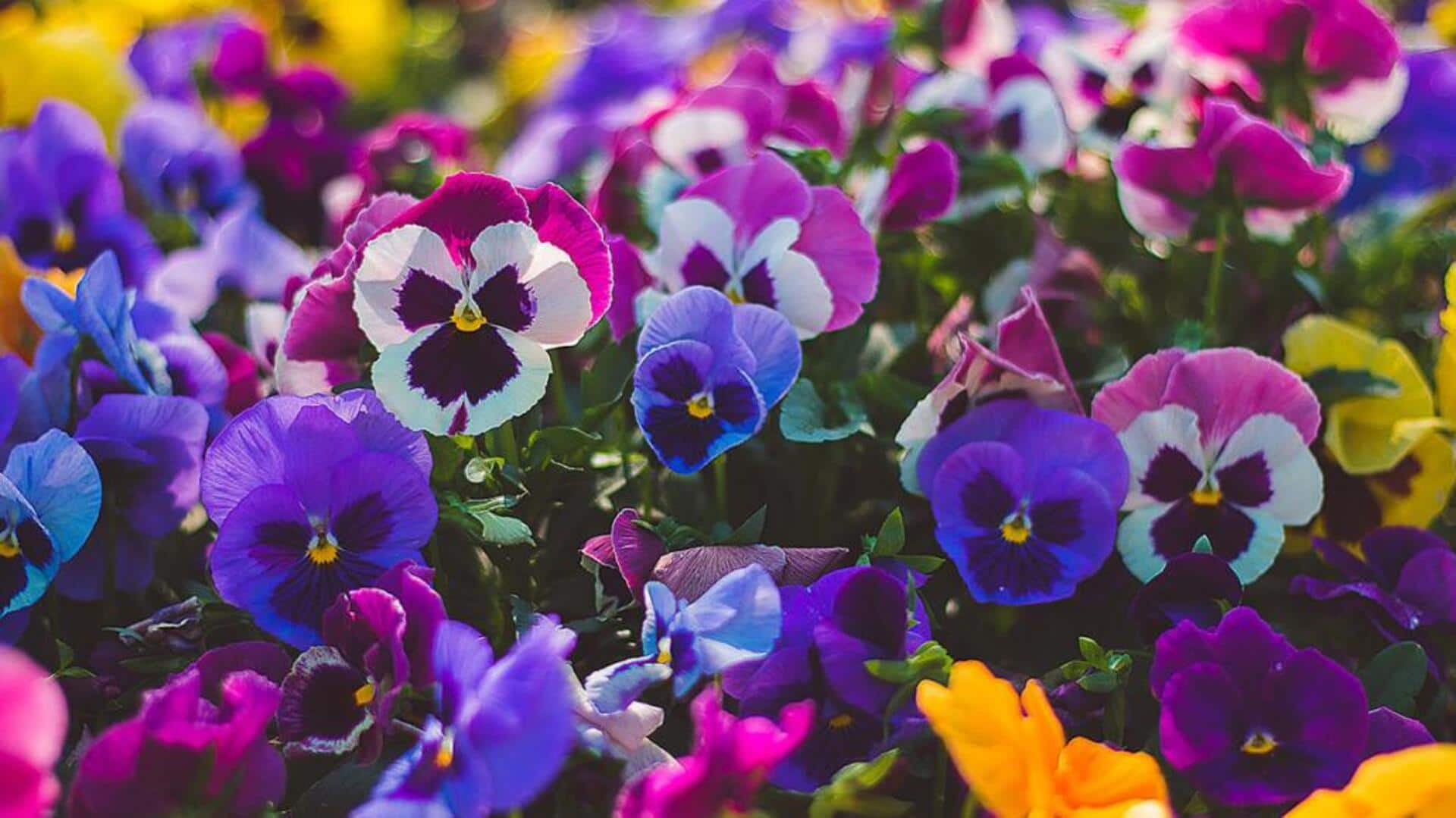
Add these edible flowers to your daily meals
What's the story
Edible flowers have been a part of culinary practices for centuries, giving unique flavors and vibrant colors to dishes. These flowers not only beautify meals but also add subtle tastes that can make a regular recipe into a gourmet one. From salads to desserts, edible flowers have a lot to offer for creative cooking. Here are five edible flowers that can add flavor and flair to your meals.
Peppery flavor
Nasturtiums: Peppery zest
Known for their bright colors and peppery taste, nasturtiums are a popular choice in salads and garnishes. Both the leaves and flowers can be eaten, giving a slightly spicy kick similar to watercress. They can be used fresh in salads or as garnishing on soups and main dishes. Nasturtiums are also rich in vitamin C, adding to nutrition value along with their unique flavor.
Mild sweetness
Pansies: Mild sweetness
Pansies have a variety of colors and a mild, slightly sweet flavor that goes well with savory and sweet dishes. They are also commonly used as garnishes on cakes, pastries or even mocktails because of their delicate look. Pansies can also be added to salads for an extra color without overpowering the other ingredients.
Saffron alternative
Calendula: Saffron substitute
Calendula petals also work as a substitute for saffron as they lend a similar color while cooking. The petals give a tangy taste that complements soups, stews or rice dishes. Called "poor man's saffron," calendula offers an economical option to add color and flavor without paying the exorbitant cost of real saffron.
Aromatic addition
Lavender: Floral aroma
While lavender is known for its aromatic quality, it also happens to be edible (when cooked the right way). It has a strong floral scent with mint and citrusy notes that go well with desserts (like cookies or ice cream). Lavender is best used sparingly because of its strong aroma; too much of it can easily overpower other flavors.
Cucumber flavor
Borage: Cucumber-like taste
Borage has star-shaped blue flowers with a taste similar to cucumber. This makes it an ideal addition to summer drinks like lemonade or iced tea, where it provides both taste and aesthetics. Borage leaves can also be added to salads or cooked as greens with other vegetables for texture.